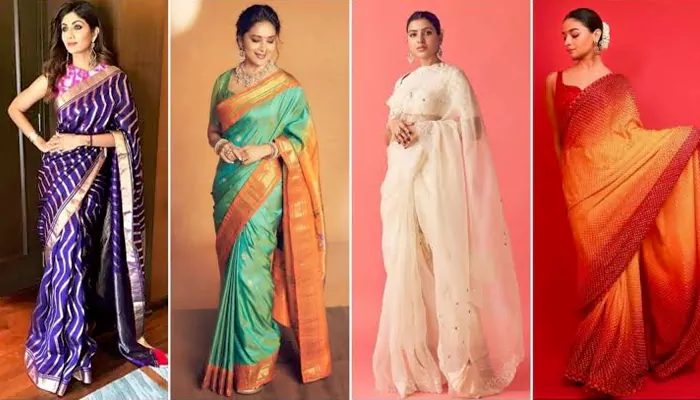
Woven with pride: discover the culture hidden in your Saree!
Every year on August 7th, India celebrates National Handloom Day, a special occasion to honour the craftsmanship, history, and heart that goes into every handwoven masterpiece. And what better way to celebrate than to explore what your saree says about your region?
From the silks of the South to the vibrant cottons of the East, India’s saree culture is not just about fashion; it’s a textile map stitched with tradition, heritage, and storytelling.
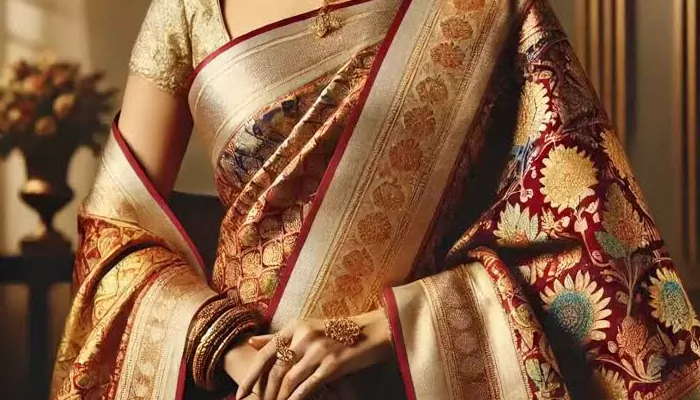
Banarasi Sarees (Uttar Pradesh)
Known as the queen of Indian sarees, Banarasi sarees hail from the ghats of Varanasi. With their intricate zari work, Mughal-inspired motifs, and luxurious silk, they often symbolize opulence and auspiciousness, especially in Indian weddings.
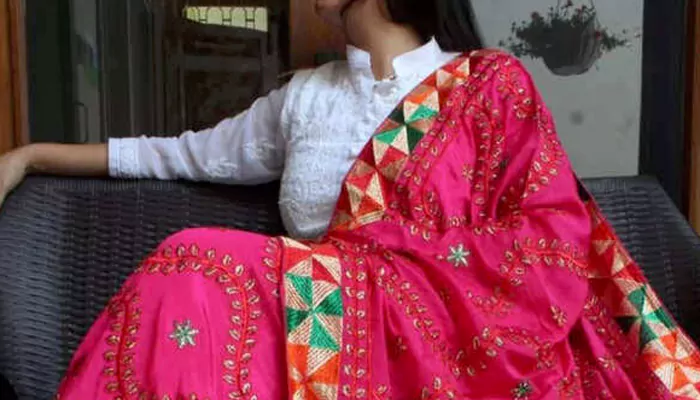
Phulkari Work (Punjab)
Though not traditionally worn as sarees, Phulkari embroidery has made its way onto modern saree drapes too. Bright florals, bold colours, and geometric patterns — Phulkari sarees speak of festivity and folklore.
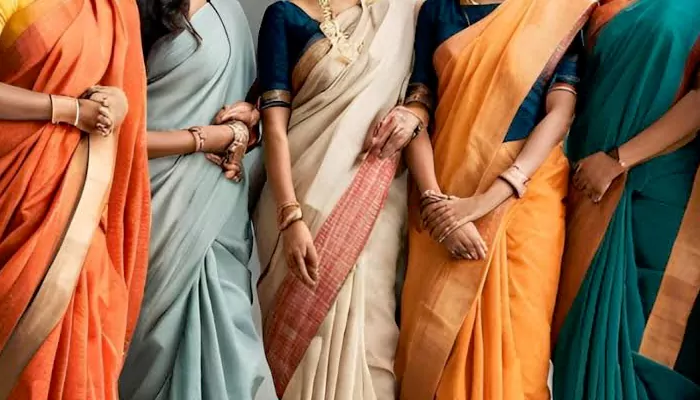
Tant & Jamdani Sarees (West Bengal)
The Eastern elegance of Tant cotton sarees lies in their lightness — perfect for humid summers. Meanwhile, the artistic and UNESCO-recognized Jamdani weave is a true labour of love, featuring muslin cotton and handwoven motifs that seem to float on fabric.
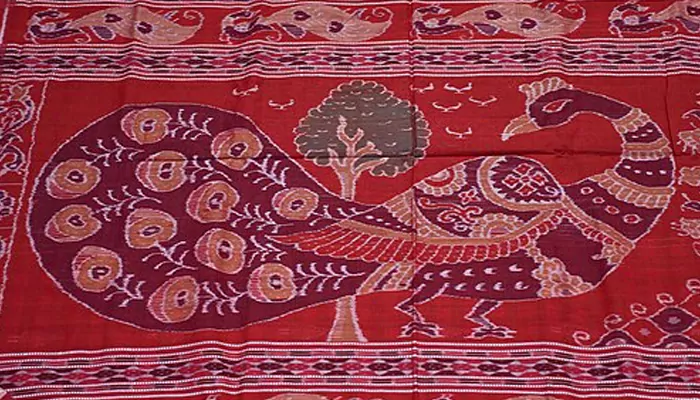
Bomkai & Sambalpuri Sarees (Odisha)
If your saree has ikat patterns and tribal-inspired motifs in deep red, black, or mustard colour, you’re likely wearing Sambalpuri. These reflect the bold and earthy soul of Odisha’s artisan culture.
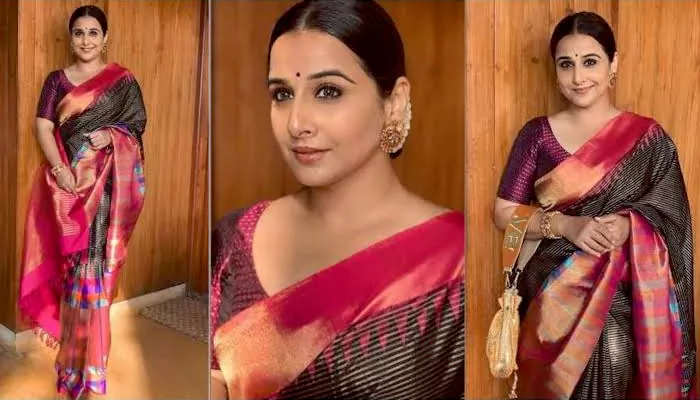
Kanchipuram Sarees (Tamil Nadu)
What comes into your mind when you imagine South Indian weddings? The shimmering Kanjeevaram sarees. These sarees are not just attire — they are heirlooms. Their contrasting borders, gold motifs, and heavy silk drape speak of evergreen tradition, pride, and celebration.
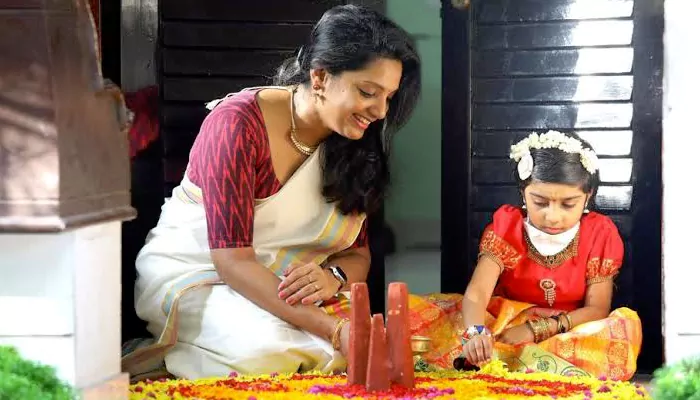
Kasavu Sarees (Kerala)
Onam and simplicity go hand in hand with the unique Kasavu saree — ivory white with golden borders. A quiet elegance, Kasavu represents minimalism rooted in culture.
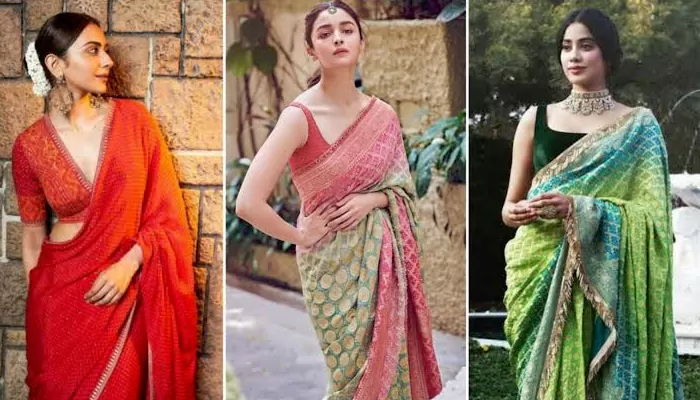
Bandhani Sarees (Gujarat & Rajasthan)
Spotted with tie-dye dots and bursting with colour, Bandhani sarees symbolises joy, vibrancy, and celebration. Often worn during festivals like Navratri, these sarees carry centuries-old techniques of resist dyeing.
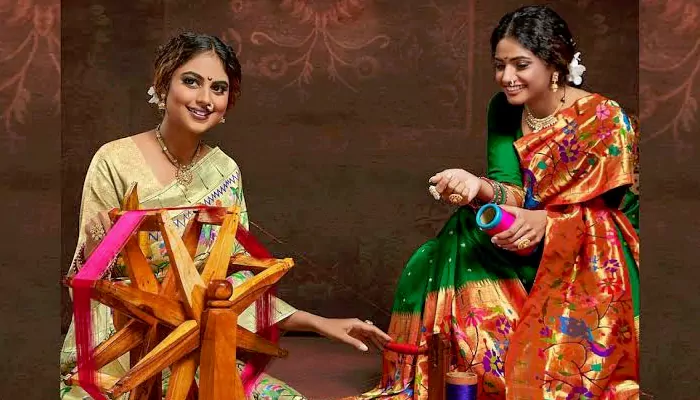
Paithani Sarees (Maharashtra)
Woven in Aurangabad, Paithani sarees are famous for their peacock motifs, oblique square designs, and lush silks. Often worn during festive or wedding occasions, they stand for grace, status, and Maharashtrian pride.
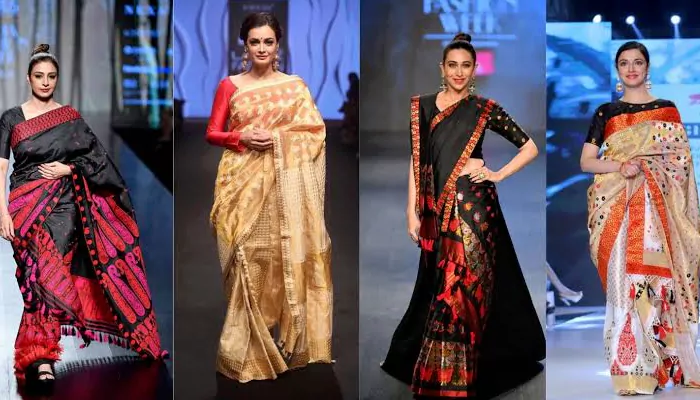
Mekhela Chador (Assam)
Mekhela Chador is Assam’s pride; elegant, handwoven, and rich in tribal and floral designs, it represents cultural identity and regional legacy.
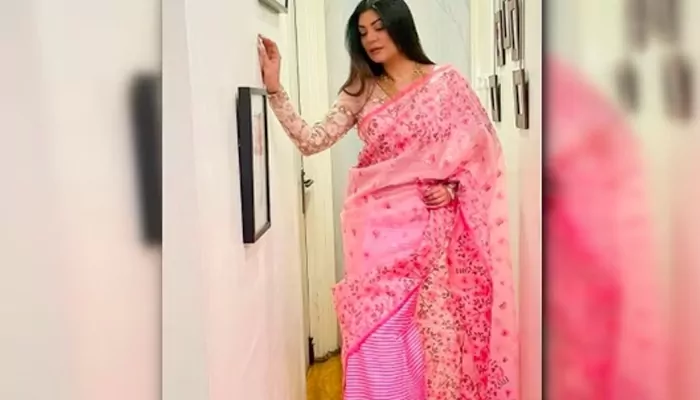
Manipuri Phanek
Another two-piece wrap-around, the Phanek comes with ethnic motifs and earthy shades, crafted mostly in cotton or silk. It beautifully blends functionality with aesthetic appeal, a hallmark of North-Eastern textile ingenuity.
In today’s fast-fashion era, choosing handloom is an act of cultural preservation. Each saree supports a weaver, a family, and a centuries-old tradition. When you drape a handloom saree with care, you’re not just wearing a garment - you’re embracing history.
Every thread, colour, and motif carries a unique legacy, and every region brings a distinct dialect to this timeless language of fabric.
Let’s honour the art, appreciate the artisans, and keep the saree culture alive - one drape at a time!